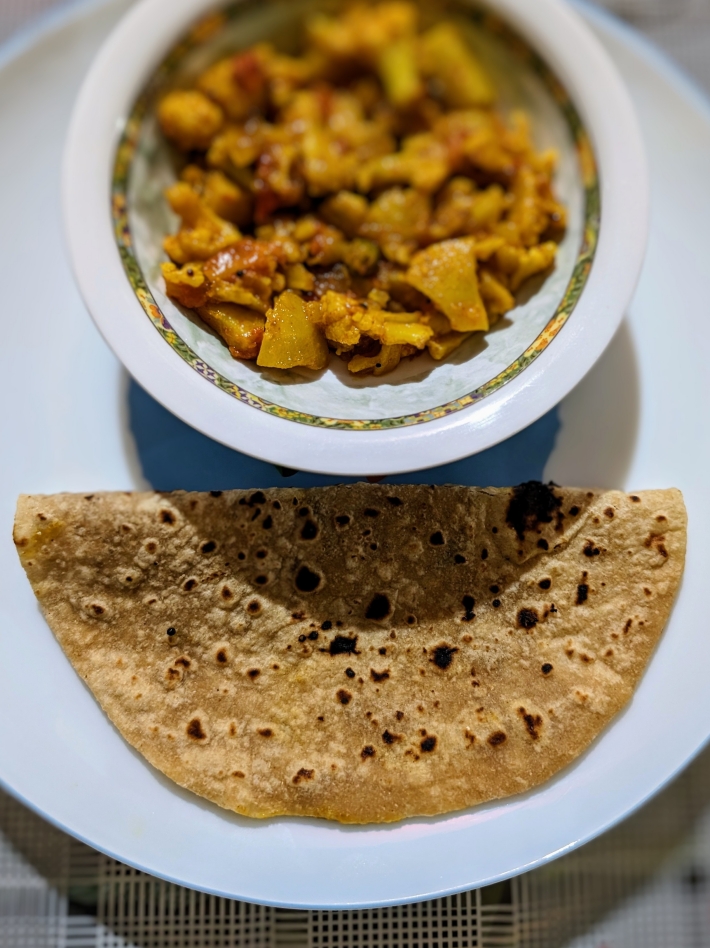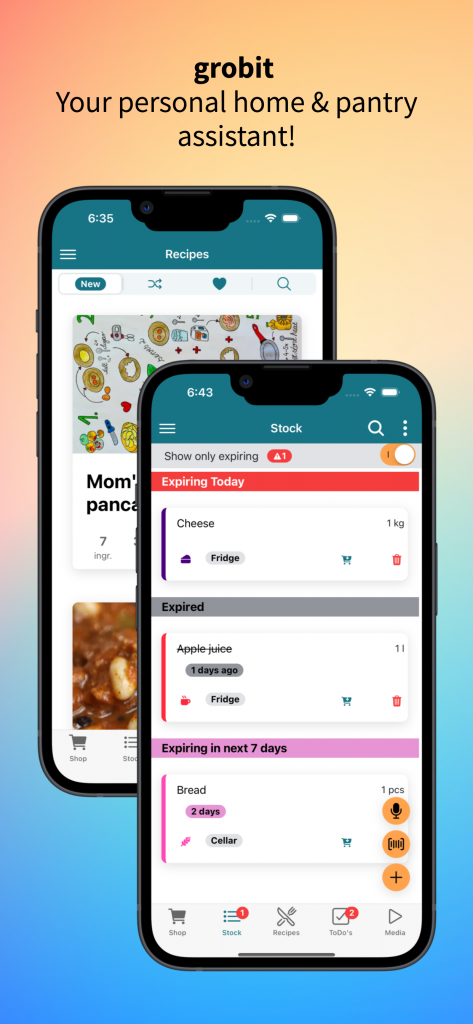Another yummy recipe , courtesy of Ms. Bhavana Barot – the Chapati . Also known as Phulka or Roti.
Chapati is a flat bread consumed throughout India. It is named is literally derived from the word Flat (chapat in Hindi/Marathi).
Alternatively it is called Roti or Phulka(phulka comes from the word “phulna” which means to swell OR balloon up, a play on the fact that when half cooked Chapati is placed directly on the flame it swells up)!
Growing up rice was a regular food in my home. My parents are from South of India and hence rice was a more staple diet. Chapati was however the 2nd staple if you will and cooked at least once or twice a week. It was usually paired a lovely spicy sabzi(veggie) and a daal OR sambhar.
If my grandma made it then usually the chutney was the side dish.
I could gobble up 4 or 5 of them easily with the sabzis OR chutneys 😀
One of the most common practices during those days was to carry chapati and chutney(with less water) during travelling in buses or trains. Journeying across states in India usually took a long time back then, and if you wanted to carry your food, chapati proved to be a good solution!
Made up of just 3 ingredients mixed in water, this is as simple and basic as it can get.
Yet it tastes heavenly , especially when you eat it fresh and hot!
Hence when I saw BhavanaJi making fresh phulkas, I immediately took out my camera and started shooting her (of course with her permission!). This resulted in this yummy recipe below. Hope you enjoy it!










